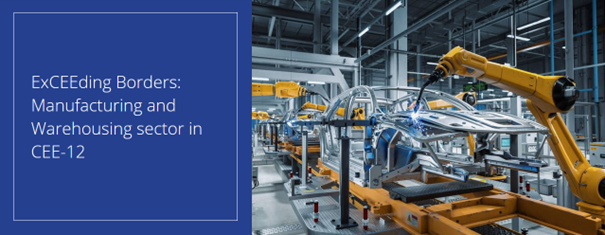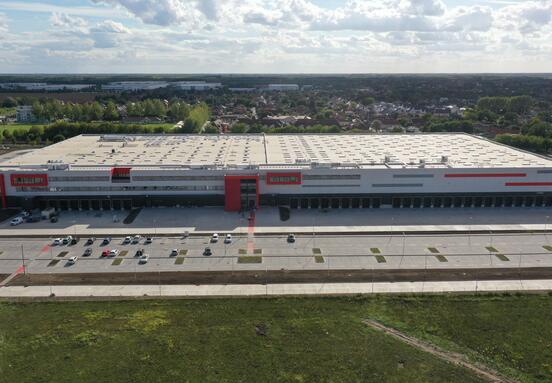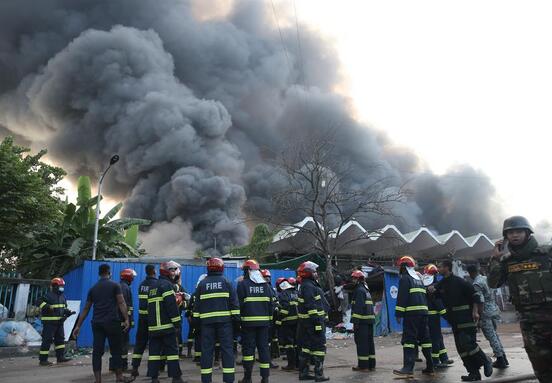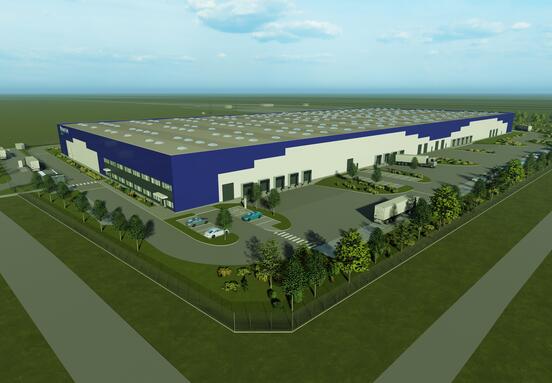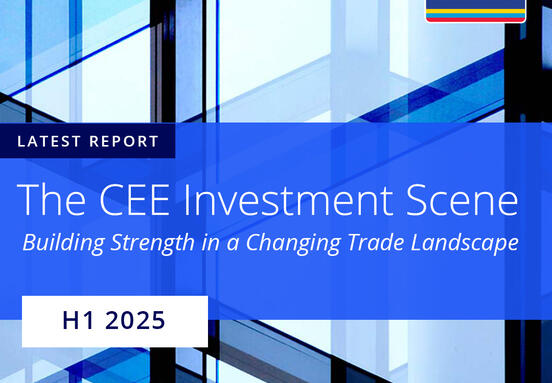Poland, as the largest country of the group covered in this report, also maintains the largest I&L market and is approaching the 30 million sqm mark.
While the disruptions and changes initially brought about by the pandemic continue to play out, the war in Ukraine has also added a new set of significant challenges. Besides the humanitarian tragedy that is ongoing and the continued disruption to CEE and global supply chains, there is a tsunami of inflation that is building up and threatening to bring an economic crisis with it. Since the beginning of last year, the CEE region has had to struggle with rising fuel, energy, labour and material prices. By contrast, by the end of last year, these prices began to stabilize and reach levels close to January 2022 in some cases. This gives hope that 2023 will be the time for the market to return to stability.
During the pandemic, we experienced greater interest from tenants’ from both the e-commerce sector and logistics operators offering their services to retailers and internet trading companies. In 2022, e-commerce tenants were still active in the market, but to a lesser extent than during the first two years of the pandemic.
In the report, Colliers will also touch on some of the trends facing the sector across the CEE-12 countries covered. In addition to the standard description of the warehousing market, we also focused on the manufacturing sector in order to answer the question of how large it is, which industries are the most developed and what can we expect in the near future. This market segment varies greatly from country to country. One of the more developed branches of this market is the automotive sector, where almost every CEE-12 country has seen increased activity. The popularity of this sector is partly related to the trend toward electromobility. CEE-12 countries have experienced a large number of inquiries from companies producing electric batteries for cars, among other things.
Another significant industry is food manufacturing. Developers and owners of manufacturing facilities indicate that one of the trends is nearshoring, which may not be what is shaping the market to a significant degree at the moment, but more and more examples of this phenomenon can be realised over time. We believe that this market will continue to grow significantly, creating new opportunities for investors, tenants and developers in the spirit of ESG.
We hope you find this market research useful and, whether you are an investor, developer, occupier, or another interested party in the I&L sector, we look forward to discussing your outlook and plans with you.
Key findings
• The total I&L stock for the CEE-12 region has exceeded 65 million sqm, with 25 million sqm situated in and around the 12 capital city markets.
• Poland is the largest country of the group covered in this report, which maintains the largest I&L market approaching the 30 million sqm mark.
• All of the CEE-12 countries experienced a significant rise in rental rates over the course of last year. Despite this, the CEE-12 region still remains competitive to Western European countries in this regard.
• According to Eurostat data, the largest turnover in the manufacturing sector belonged to Poland, which accounted for about 38% of the total CEE-12 volume.
• One of the most developed manufacturing sectors in CEE-12 is the automotive sector. It accounted for 20% of the manufacturing turnover in 2020.
• In CEE-12 countries, ESG-related solutions are becoming increasingly popular and tenants are increasingly demanding them from developers and landlords.
• Recently, there has also been noticeably increased interest in production space by occupiers coming from Asia, mainly China and South Korea.
• In terms of the share of production contract volumes in gross demand since the beginning of 2018, the Czech Republic has led the way, with a share of as much as 36%.
• The war in Ukraine has caused significant challenges to the market including disruption to global supply chains, rising fuel, energy, labour and material prices. However, in most cases, by the end of 2022, the situation began to stabilize.
Colliers
